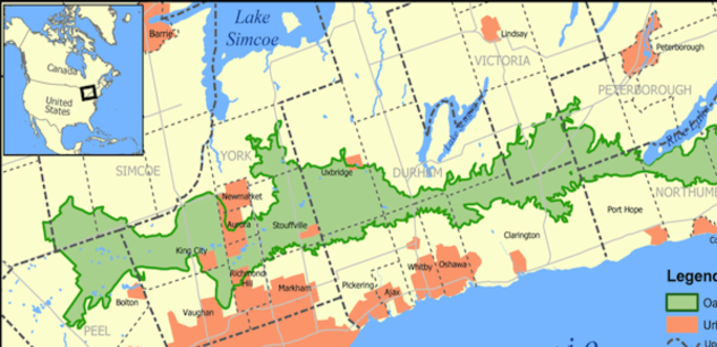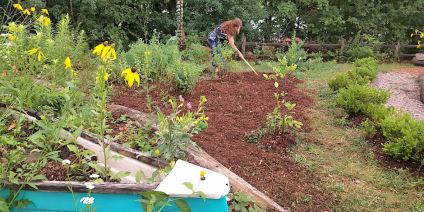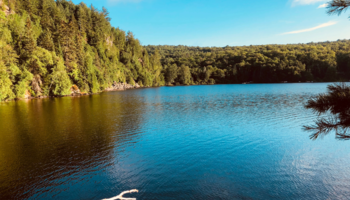Join us medicine wheel workday @ Heart Lake (Brampton)
Posted on May 24, 2023Come join Sierra Club’s annual community pollinator plot planting at Medicine Wheel Garden within Heart Lake Conservation Area!
Date: Sunday, May 28, 2023
Time: 9:30AM ET
Where: Heart Lake Conservation Area, 10818 Heart Lake Road, Brampton, ON















